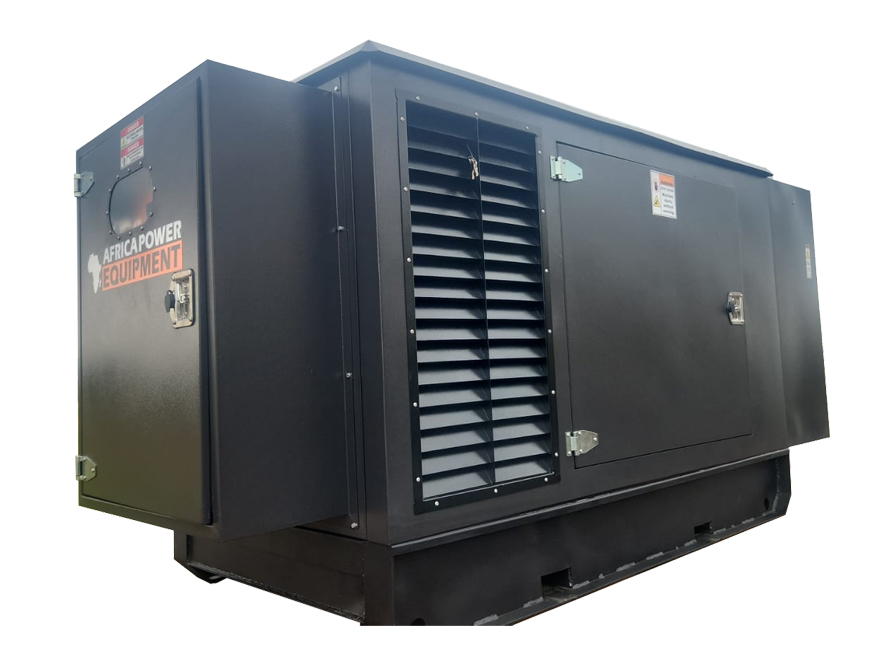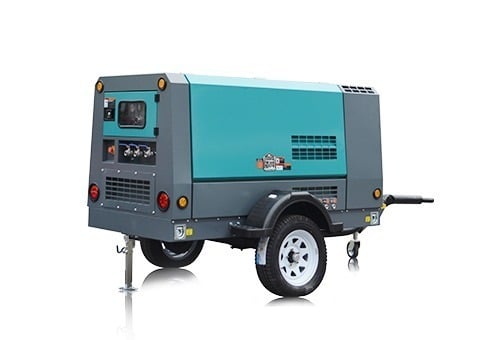Diesel vs. Solar Lighting Towers: Which Is Quieter?
When selecting a lighting tower for construction, events, or emergency use, noise levels can be a critical factor — especially in residential or noise-sensitive environments. Both diesel and solar lighting towers offer effective illumination, but they differ significantly in how much sound they produce during operation.
In this article, we’ll compare:
-
Noise output of diesel vs. solar lighting towers
-
Typical decibel (dB) ratings
-
Where low-noise towers are most beneficial
-
How to reduce noise even further
🔊 Why Noise Level Matters
High noise levels from equipment can lead to:
-
Community complaints in residential zones
-
Disruption in hospital or event settings
-
Fatigue for workers on job sites
-
Legal issues with noise ordinances
For this reason, quiet operation is often just as important as lighting power, especially in urban, commercial, or event applications.
📈 Decibel Ratings: Diesel vs. Solar Towers
Noise is measured in decibels (dB). Here’s how diesel and solar towers compare:
| Lighting Tower Type | Typical Noise Level (at 7m) |
|---|---|
| Diesel Lighting Tower | 65 – 85 dB |
| Solar Lighting Tower | 0 – 25 dB (virtually silent) |
🔇 A solar lighting tower operates almost silently because it has no running engine or generator during operation.
To compare:
-
60 dB = Normal conversation
-
80 dB = Lawn mower
-
90 dB = Power tools (sustained exposure may damage hearing)
🛢 Diesel Lighting Towers: Why Are They Louder?
Diesel lighting towers use internal combustion engines to power lights and electrical components. Key sources of noise include:
-
Engine vibrations
-
Exhaust system
-
Cooling fans
-
Mechanical components during startup/shutdown
While modern models use sound-attenuated enclosures to reduce noise, they still average 70–80 dB under load.
🛠 Low-noise diesel towers (with advanced mufflers and enclosures) can get as low as 65 dB — suitable for residential areas.
☀️ Solar Lighting Towers: Ultra-Quiet by Design
Solar towers use:
-
Battery banks
-
Solar panels
-
Energy-efficient LED lighting
Since there’s no engine or moving parts involved during lighting operation, they’re virtually silent. Even hybrid models (solar + diesel backup) only engage the generator occasionally — reducing noise significantly.
📍 Use Cases: Where Quiet Lighting Towers Are Essential
| Application | Preferred Tower Type |
|---|---|
| Outdoor Events & Weddings | Solar / Hybrid |
| Residential Construction | Low-noise Diesel / Solar |
| Hospitals & Emergency Zones | Solar |
| Film Sets or Media Productions | Silent Solar Towers |
| Urban Roadworks | Low-noise Diesel / Hybrid |
🧰 Tips for Reducing Diesel Tower Noise
If you must use a diesel tower in a sensitive area, here’s how to reduce noise:
-
Choose a soundproofed model (acoustic canopy)
-
Position the tower further from people (every 3 dB drop = ~double the distance)
-
Use barriers (e.g., fencing, sound curtains)
-
Service the engine and exhaust system regularly
💡 Some manufacturers now offer “super silent” diesel towers under 65 dB at 7 metres.
🔄 Hybrid Options: The Best of Both Worlds?
Hybrid lighting towers combine solar and battery systems with diesel backup. These towers:
-
Operate silently for hours on solar/battery power
-
Use diesel only when batteries are depleted
-
Are ideal for long-duration projects needing quiet + reliable lighting
🌘 Perfect for overnight projects where noise needs to be minimal after sunset.
🔗 Related Reading
✅ Conclusion
When noise levels matter, solar lighting towers are the clear winner — offering silent, eco-friendly operation. However, low-noise diesel or hybrid towers are great alternatives when more power or runtime is needed.
If you’re sourcing lighting towers for a sensitive environment, consider both lumen output and noise rating before choosing.
👉 Need help selecting a quiet lighting tower for your site? Contact PowerEquipment.co.za — we stock both low-noise diesel and solar models to meet your needs.





